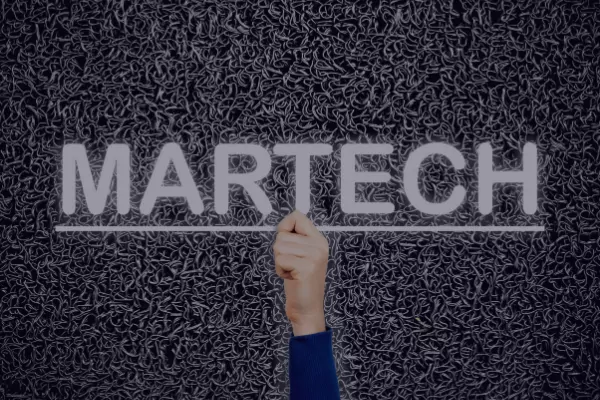Growth Hacking is a discipline born among startups with the aim of achieving the highest growth through the minimum possible expenses.
It is a subject that requires a particular profile that is analytical as well as creative and original as well as technical.
The popularity of this discipline has grown in recent years; A large number of companies have incorporated a Growth Manager to their organization chart or have changed their Marketing department to one of Growth Marketing; However, few companies really understand growth hacking. Many businesses associate Growth Hacking with the sales department; However, growth hacking is not just about sales. On the contrary, a good Growth Hacker will have a global vision of the business strategy, the product and its marketing techniques and its ultimate goal will be to find which of these parts will lead to a greater economic growth once it has been optimized.
Considering how important logistics and the supply chain has become in the last year, this sector has a lot of growth potential. It is true that such growth must be accompanied by an evolution of the company to become a smart business and, for this, the first and most important step is to set a smart goal of growth. If this happens, we must think of a SMART objective, which by its acronym in English must be specific, measurable, achievable, realistic and temporary.
For this, the most useful thing is to observe which is the most critical part of our funnel since optimizing this will be the most efficient strategy when it comes to growing.
- Do we have retention issues?
- Or does it cost us more to get new customers?
- Are people interested in us but not buying?
Once the most critical point has been identified, we establish an objective such as the following: "We want to increase our conversion by 15% in a total of 3 months and we will measure it through the KPIs of the entire process that leads from activation to purchase."
We know what we want to achieve, we have set a realistic and specific amount, a certain time to achieve it and we know how we are going to measure the results.
At this stage, the next step is to select the growth driver. The drivers are the strategy (be it marketing or product) that we will carry out to achieve our objective. The most appropriate driver will be that strategy that allows us to achieve the most optimal result through the least possible effort and / or expense; that is, we are talking about efficiency.
- How are we going to convert more?
- What part of the activation process is the most critical?
- Why don´t they buy from us?
It may be because we do not finish adjusting to what they need, or because the price does not convince them, or because they prefer the competition, or because we do not empathize with them ... etc. If we identify that the problem is that the potential client cannot feel that we are their right company, we will have to find out why.
Today a logistics company must offer and transmit transport security, speed, comfort, vehicles adapted to the type of product and reach everywhere. Thus, if we see that we do not meet any of the following requirements, we must work on our value proposition; On the contrary, if our value proposition is adapted to these needs, it will clearly be a problem of branding and on-boarding, which will be the drivers that must be worked on.
Once the driver is selected, we will proceed to the experimentation. Experiments are those tactics that we can execute quickly and agilely and that will show us if this driver works.
- What can we do to make our potential customers feel that we are their ideal logistics brand?
- Can we do a branding campaign with a modern visual style to convey that our company is up to date?
- Can we make a more interactive website where the potential customer can see step by step everything they will earn when hiring us to transport their products?
- Can we speak with the client in a more plain language without technicalities?
- Do we convey our message clearly and directly?
- Do we focus our communication messages on our value proposition?
Every experiment that we run must be monitored in order to collect the data obtained.
The last step will come after monitoring and is the record of learnings. Said registration is the most important step since it will serve us to avoid repeating errors and begin to detect which actions work best for us.
To learn more about how to grow a logistics and supply chain business, simply register with Hypertry. There you will find both the trends in this sector as well as the most effective drivers and experiments.

















































































